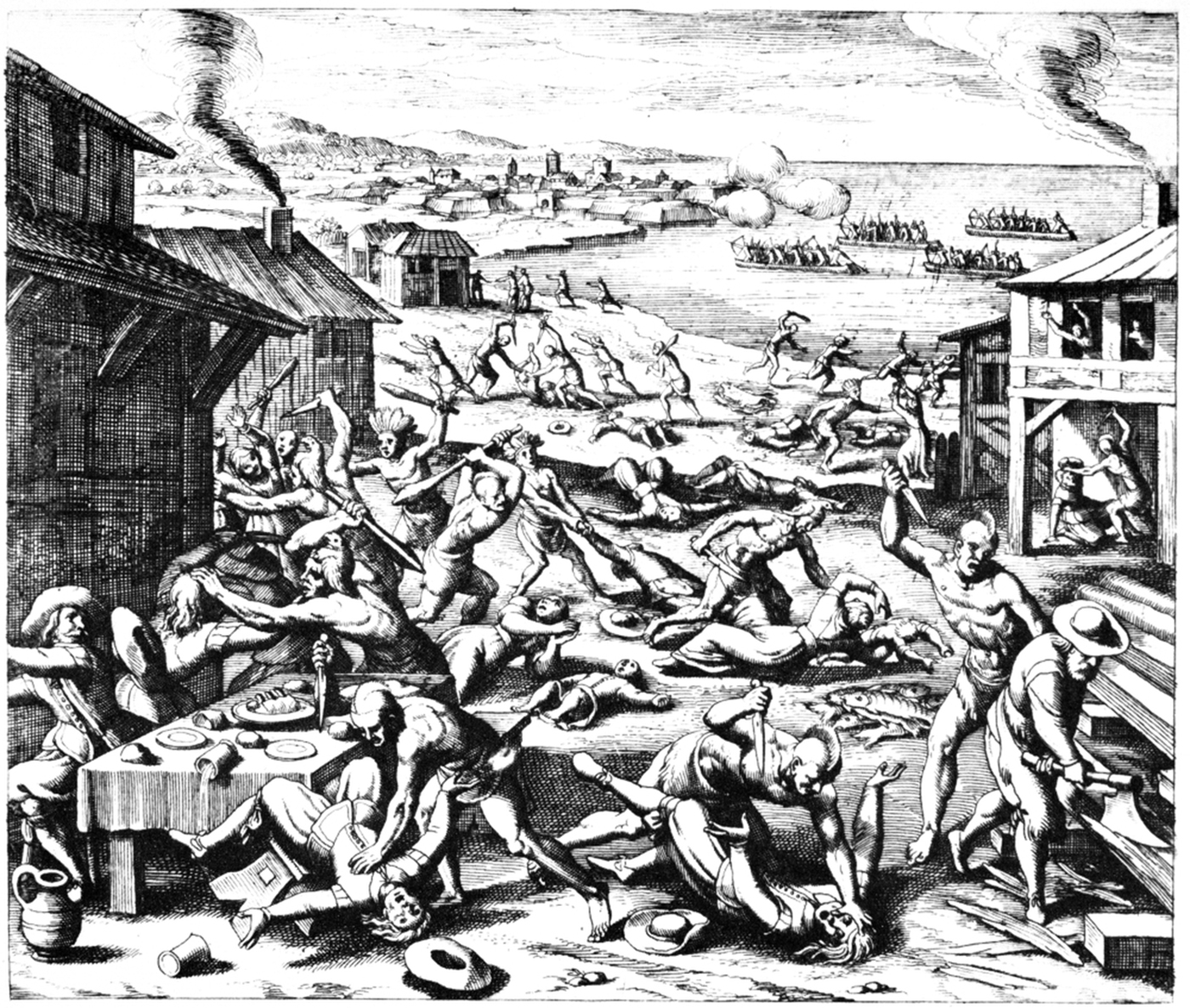American Indian Wars
 The American Indian Wars, also known as the American Frontier Wars, and the Indian Wars, was a conflict initially fought by European colonial empires, the United States, and briefly the Confederate States of America and Republic of Texas against various American Indian tribes in North America. These conflicts occurred from the time of the earliest colonial settlements in the 17th century until the end of the 19th century. The various wars resulted from a wide variety of factors, the most common being the desire of settlers and governments for Indian tribes' lands. The European powers and their colonies enlisted allied Indian tribes to help them conduct warfare against each other's colonial settlements. After the American Revolution, many conflicts were local to specific states or regions and frequently involved disputes over land use; some entailed cycles of violent reprisal.
The American Indian Wars, also known as the American Frontier Wars, and the Indian Wars, was a conflict initially fought by European colonial empires, the United States, and briefly the Confederate States of America and Republic of Texas against various American Indian tribes in North America. These conflicts occurred from the time of the earliest colonial settlements in the 17th century until the end of the 19th century. The various wars resulted from a wide variety of factors, the most common being the desire of settlers and governments for Indian tribes' lands. The European powers and their colonies enlisted allied Indian tribes to help them conduct warfare against each other's colonial settlements. After the American Revolution, many conflicts were local to specific states or regions and frequently involved disputes over land use; some entailed cycles of violent reprisal. As American settlers spread and expanded westward across the United States after 1780, armed conflicts increased in size, duration, and intensity between settlers and various Indian tribes. The climax came in the War of 1812, when major Indian coalitions in the Midwestern United States and the Southern United States fought against the United States and lost. Conflict with settlers became less common and was usually resolved by treaties between the federal government and specific tribes, which often required the tribes to sell or surrender land to the United States. These treaties were frequently broken by the U.S. federal government.
The Indian Removal Act of 1830 that was passed by the United States Congress neither authorized the unilateral abrogation of treaties guaranteeing Native American land rights within the states, nor the forced relocation of the eastern Indians.